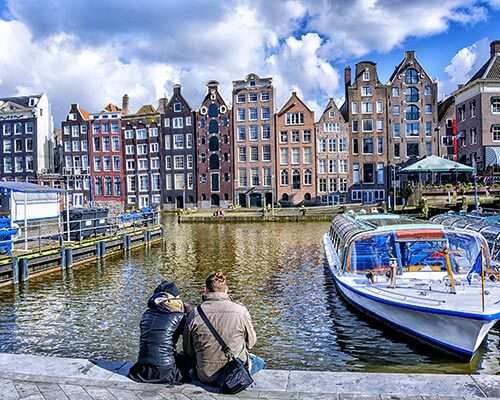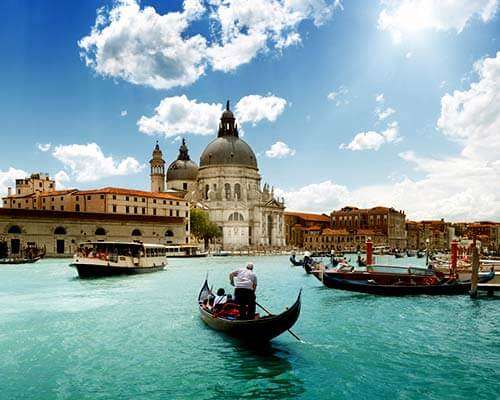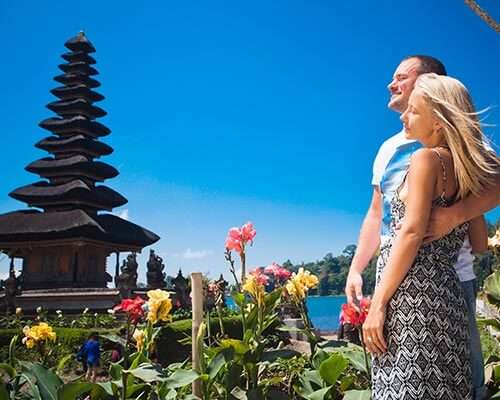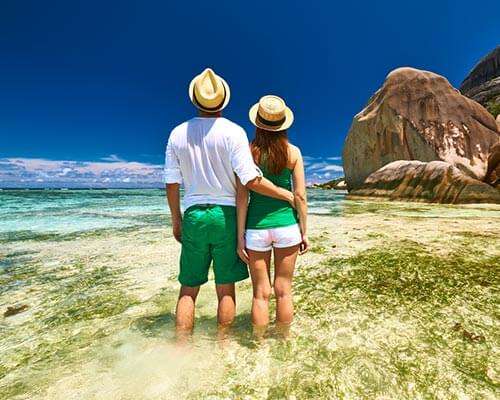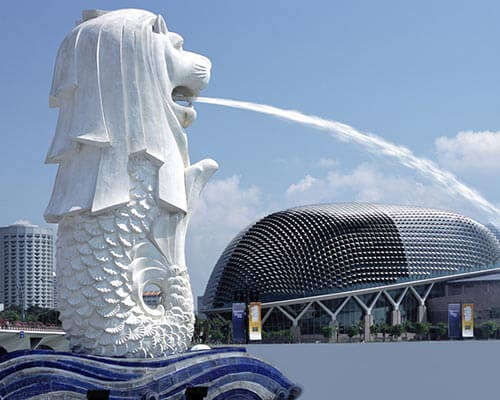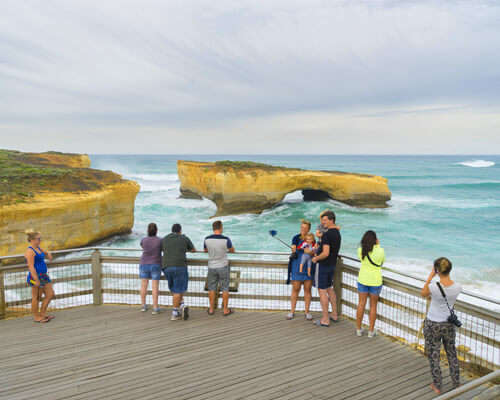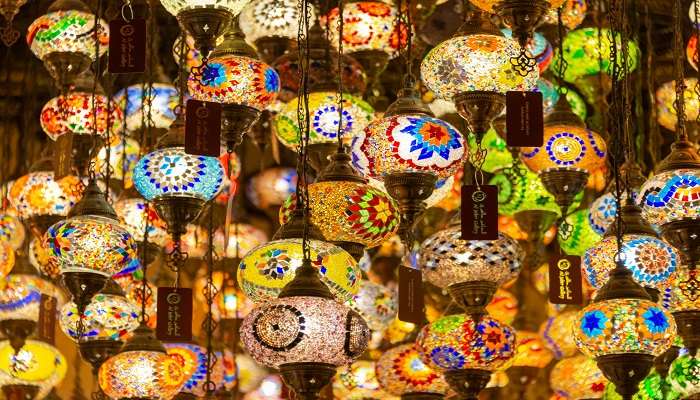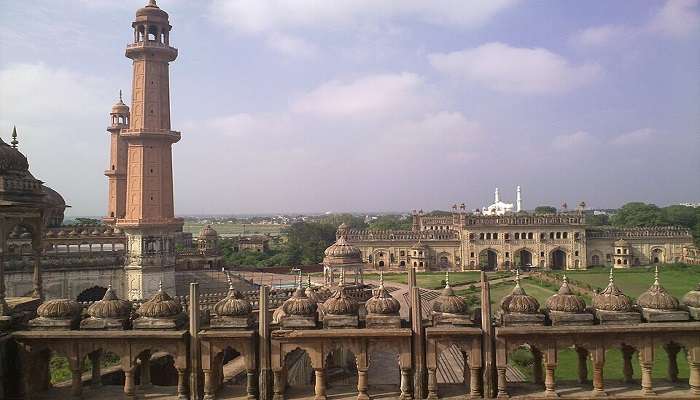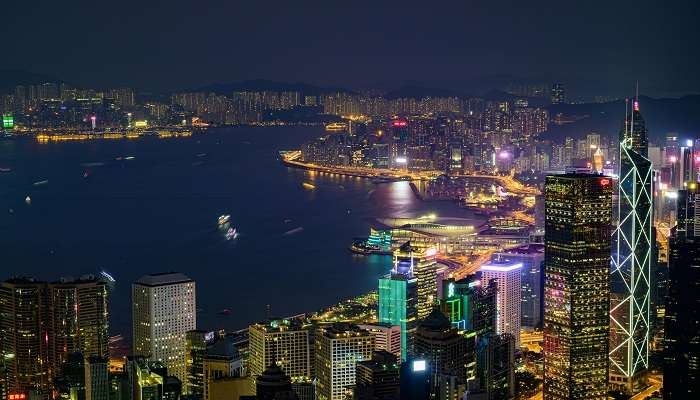8 Top Things To Do In Seville – The City Of Pride In Spain
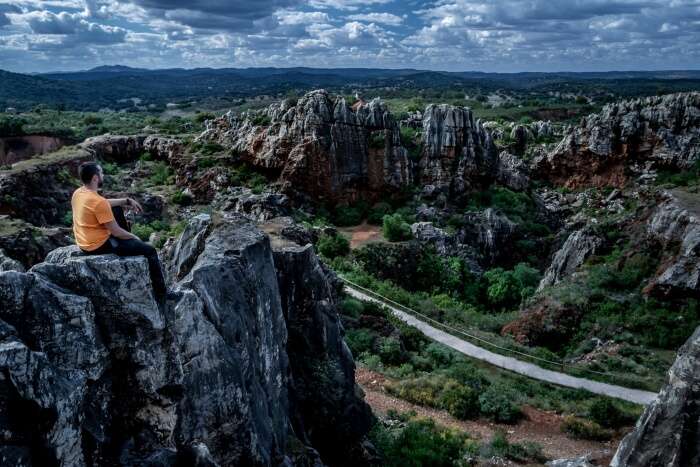
Spain is a country full of joy and adventure. Globetrotters come here to enjoy their tour as if there is no tomorrow. Each and every tourist spot is amazing and offers a lot to all tourists visiting. Seville, located in Spain, is a great place for a holiday. There are so many awesome things to do in Seville. Among them, we have mentioned some very popular ones here. There are so many elements to make this place amazing.
8 Top Things To Do In Seville
Here we have listed some of the best things one could do when traveling to Seville. Try not to leave Seville without seeing flamenco, Andalucia’s incredible dance.
1. Explore Real Alcazar
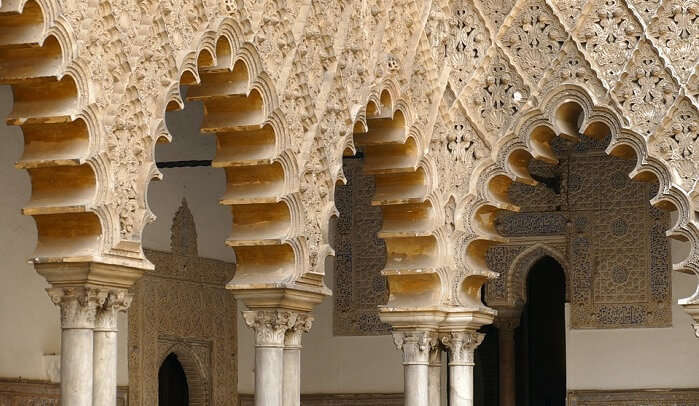
This is a radiant UNESCO-recorded royal residence complex that is still being used by the Spanish illustrious family: their chambers, staterooms, and corridors are on the upper dimension and can be seen evidently. Almost the majority of the complex is in the Mudéjar style (Moorish-motivated design for non-Islamic structures) and was created by Pedro, the Cruel amid, in the fourteenth century. There are still some ruins of the first Almohad castle on the Patio del Yeso. On a visit here, you’ll stroll from patio to the delightful yard, gaze towards cut coffered roofs and encircle yourself in the lavish greenery of the rambling greenhouses. Fine perspectives of the grounds can be had from the hoisted Grutesco Gallery.
Must Read: 10 Places To Visit In Seville That Will Make You Fall In Love With Spain At Once!
Europe Honeymoon Packages On TravelTriangle
Explore the most romantic places to visit in Europe, from Paris to the Venice canals, and from the Greek islands to the Swiss alps. Book customized packages Inclusive of airport transfers, cab, resort, sightseeing, and meals offered by expert agents on TravelTriangle. Book Now!
2. Go Bar Hopping

The Bars in Seville are the best places to attempt conventional and gourmet tapas are the bars at Seville. Except for San Sebastian in Basque Country, no other piece of Spain is as dedicated to tapas as Andalucia. Seville has a colossal assortment of tapas bars, from outdated drinking joints with customary dishes to the combination and gourmet tapas bars that have jumped up over the most recent of years. Tapas serve a decent scope of customary tapas, alongside some innovative champion choices, for example, codfish misuses with pear alioli. Going bar hopping is definitely among the best things to do in Seville at night.
3. Visit Museo de Bellas Artes
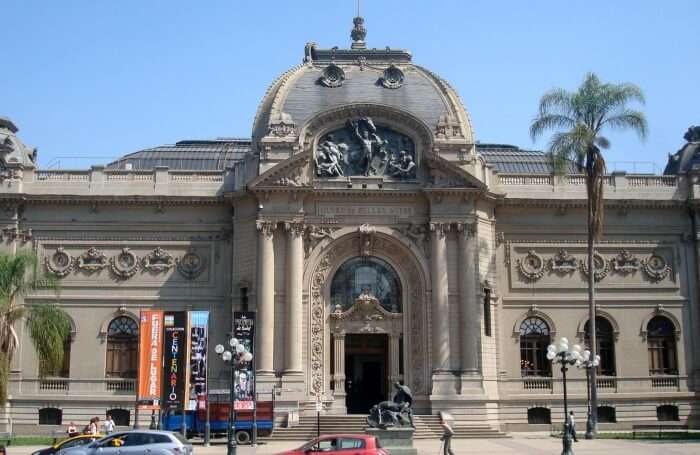
This is an amazing expressive arts exhibition hall. This 20-room exhibition hall, wonderfully housed in a previous religious circle, includes essentially Spanish craftsmanship from the medieval period to the start of the twentieth century. While there are a couple of works by a semblance of Goya, Velázquez, and El Greco, the changeless gathering is especially solid on Spanish Masters from the seventeenth century – the Golden Age of a Sevillian painting: Murillo, Zurbarán and Valdés Leal. Features incorporate the Immaculate Conception compositions by Murillo (his Virgin Mary emanates warmth and guiltlessness, in contrast to the dirty authenticity of his peers) and the Apotheosis of St. Thomas Aquinas, accepted to be Zurbarán’s essential work – both found in Room 5.cooked meat and chorizo stew) sandwich. It is counted as one of the best things to do in Seville.
Suggested Read: Top 10 Seville Restaurants: Your Gateway to the Authentic Spanish Cuisine
4. Witness the Flamenco Show
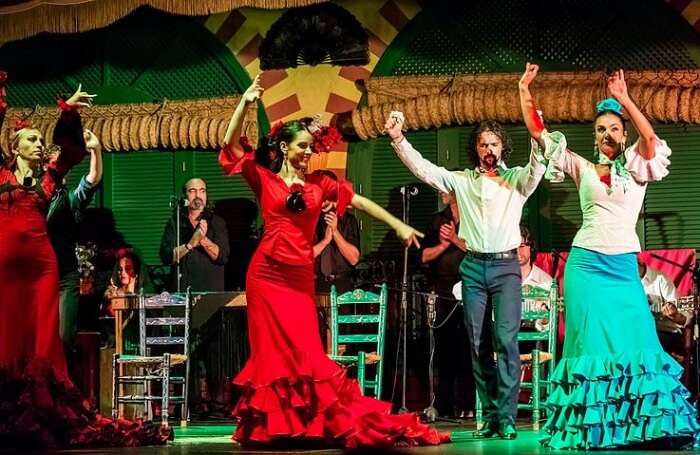
Established in Roma (tramp) and Moorish culture, and consolidating sounds from the Levant and North Africa with Spanish fables, flamenco ended up mainstream in Western Andalucia in the late eighteenth century. Amid flamenco’s Golden Age (1860s-1910) Seville created a portion of flamenco’s best artists and the city stays outstanding amongst other places in Spain to get an execution.
Flamenco is spontaneous creation; mindboggling rhythms delivered by applauding and castanets, exotic sung mourns joined by guitar, and the staccato stepping and smooth turns of the artists. There are three kinds of flamenco appears in Seville: unrehearsed exhibitions in bars, genuine flamenco shows, and touristy flamenco demonstrates that accompany supper and beverages. Seville’s common laborers’ neighborhood of Triana used to be a hotbed of flamenco, it’s as yet conceivable to go over unconstrained flamenco singing in a portion of its bars late during the evening. It is one of most famous unusual things to do in Seville.
Suggested Read: Winter In Spain: A Guide That’ll Help You Curl Up Amid The Country’s Eternal Charm
5. Join Semana Santa procession
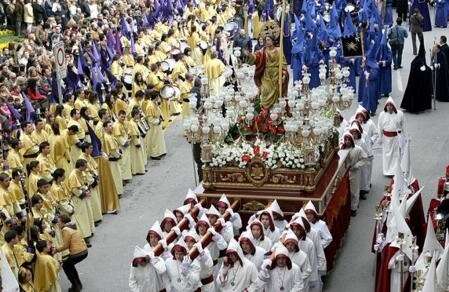
The Semana Santa procession is known for the bright lights and spooky parades. The week paving the way towards the Easter weekend is praised with extravagance all over Spain, however, the parades are especially fabulous in Seville. Consistently, a great many individuals rampage to watch the huge, intricately beautified pasos (coasts) conveyed by groups of costaleros, trailed by church kids trailing scented smoke from incense burners. Behind them walk many penitents, wearing long robes and tapered hoods, for the most part conveying candles or unpleasant cut wooden crosses. Many walks shoeless. The buoys delineate scenes from Jesus’ life, a considerable lot of them being centerpieces that go back to the seventeenth century. The most ideal approach to appreciating the parades is to join the groups coating the courses.
Suggested Read: Trekking In Spain: 10 Best Places For Indulging In An Ultimate Adventure Like Never Before!
6. Attend the Bull Fight

This is Spain’s most disputable fine art. While bullfighting has declined in fame in a few sections of Spain, in Andalucia specifically it has remained a revered piece of Spanish culture, and there are not very many spots where the game is considered as important as in Seville. The 14,000-situate Maestranza – one of the most seasoned (1761) and most renowned bullrings in the nation – holds bullfights at Easter, on Sundays in May and June, and toward the finish of September.
The Corrida de Toros, including huge name bullfighters, moves out days ahead of time; tickets run from around 30 Euros at the back of the field to around 180 Euros for a seat in the initial three columns in the shade. An especially bold and exquisite execution procures the bullfighter an ear of the bull; a remarkable one gains two. Seldom, if a bull had battled especially valiantly, its life is saved. It is really one of the many cool things to do in Seville.
Suggested Read: Your Stays Made Easy With These Hostels In Spain
7. Climb the Torre del Oro
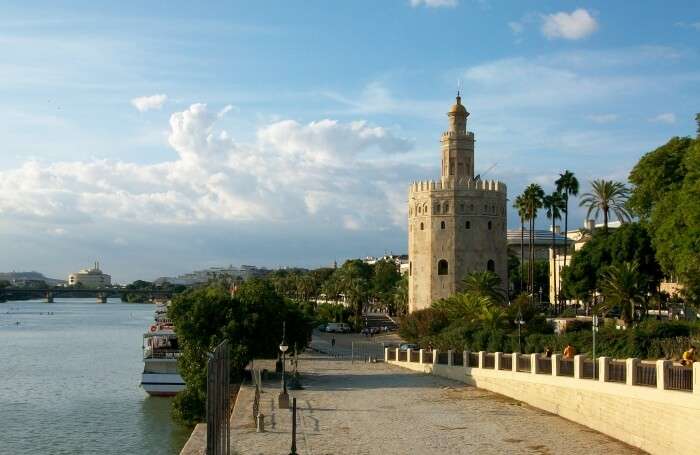
This is a memorable pinnacle with maritime exhibition hall inside. Disregarding the Guadalquivir River close to the San Telmo connect, the 12-sided Torre del Oro is a thirteenth-century military pinnacle. It was raised by the Almohad Caliphate as a component of the city’s fortress, and furthermore denoted the beginning and consummation point for all the transportation to the New World. Inside the pinnacle there’s a maritime exhibition hall with scale models of each of the three of Columbus’ ships, a wall painting demonstrating the voyages of Vasco de Gama, and ancient rarities, for example, sixteenth-century prints of Seville, early jumping apparatus, antique maritime maps, gun, and other weaponry, and pictures of celebrated Spanish maritime figures. You can climb the distance to the highest point of the pinnacle for great perspectives of the city and the waterway.
8. Visit the Flamenco Museum
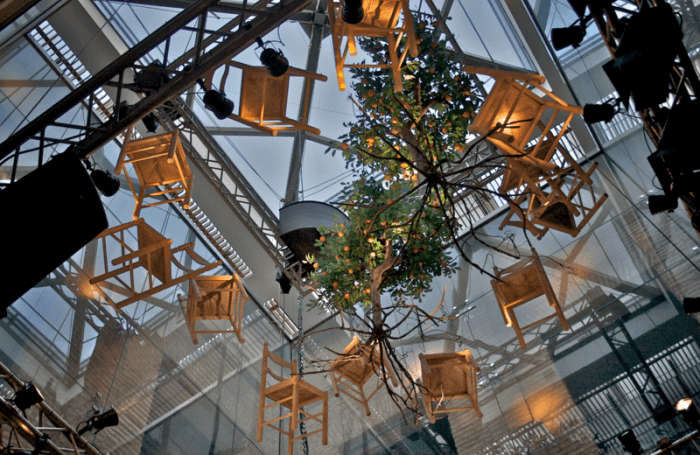
This is the primary flamenco exhibition hall on the planet. Made by the prestigious Sevillian flamenco artist Cristina Hoyos, this historical center is an extremely beneficial stop for those hoping to take in more about the energetic movement that is synonymous with Andalucia. Shows are spread more than three stories of an eighteenth-century house. On the ground floor, there’s an instructing region where flamenco workshops are held and a little stage where daily flamenco exhibitions happen.
The primary floor mixes customary exhibition hall show with 21st-century innovation; there’s a cutting-edge screening room that demonstrates the development of flamenco as a moving frame and video exhibitions of contemporary flamenco patterns, while the changing area houses flamenco ensembles, fans, shawls, and different curios. On the second floor, discover flamenco-themed portrayals and artworks by the artist Vicente Escudero. The astounding blessing shop stocks flamenco CDs, DVDs, notices, shoes, and an extensive variety of books. There are among the top things to do in Seville.
Further Read: 8 Best Spanish Cuisines That Will Make You Fall In Love With Spain All Over Again!
So this was the list of things to do in Seville. Spain is a colorful country and Seville is even more colorful at times and also enjoyable to the tourists. And they will feel refreshed after coming from their daily boring life full of work. So traveling to Spain especially to the Seville is a lifetime experience for anyone who is willing to spend some with extreme happiness and free from all the tensions.
Disclaimer: TravelTriangle claims no credit for images featured on our blog site unless otherwise noted. All visual content is copyrighted to its respectful owners. We try to link back to original sources whenever possible. If you own rights to any of the images, and do not wish them to appear on TravelTriangle, please contact us and they will be promptly removed. We believe in providing proper attribution to the original author, artist or photographer.
Frequently Asked Questions About Things To Do In Seville
What is there to do in Seville?
There are many interesting things to do in Seville that you can try. These things will keep you hooked and will keep your interest in the place alive. Some of the best things to do in Seville are exploring Real Alcazar, trying bar hopping, and joining the Semana Santa procession.
What is the best time to visit Seville?
The best time to visit Seville is from March to May and October to January. These are the spring and fall months in Seville and the weather is comfortable during these times. If you plan to visit the destination during late March or early April you might even get a chance to witness the processions of the Semana Santa and Feria de Abril.
What is Seville famous for?
Seville is known for its rich culture and artistic heritage. The beautiful city is also known for its monuments and traditions. Seville is the birthplace of Flamenco and the place where most of the Easter processions take place and where the festival is celebrated in full swing.
Is Seville worth visiting?
Seville is definitely worth visiting especially to witness the amazing Easter processions and to see the rich culture and heritage of the city.
Where is Seville located?
Seville is located in Southern Spain. In fact, Seville is the neuralgic centre of the South of Spain.
Is Seville a safe place to visit?
Yes, Seville is generally a safe place to visit and quite safe for tourists. Violent crime is non-existent and the city is quite safe for all kinds of travelers at all times of the day.
Is Uber service available in Seville?
Yes, Uber service is available in Seville. You can get an Uber from the airport to the city which makes traveling around the city pretty comfortable.
What can I eat in Seville?
Some of the best things to eat in Seville are Pescado Frito (fried fish), Salmorejo (Cold Tomato Soup), Espinacas con Garbanzos (Chickpeas & Spinach), and Boquerones (White Anchovies).
Looking To Book An International Honeymoon?
Book memorable honeymoon on TravelTriangle with 650+ verified travel agents for 65+ domestic and international destinations.

Anjana is a writer, journalist, and a full-time wallflower. She holds a Master’s degree in Media and Mass Communication and firmly believes that travel blogging is nothing less than art. Combining her love for writing with her passion for globetrotting, she brings to you some amazing tips on traveling perfectly, be it any season of the year! In her spare time, she loves reading, listening to obscure indie bands, and writing poetry – all of this while being a crazy dog lady.

